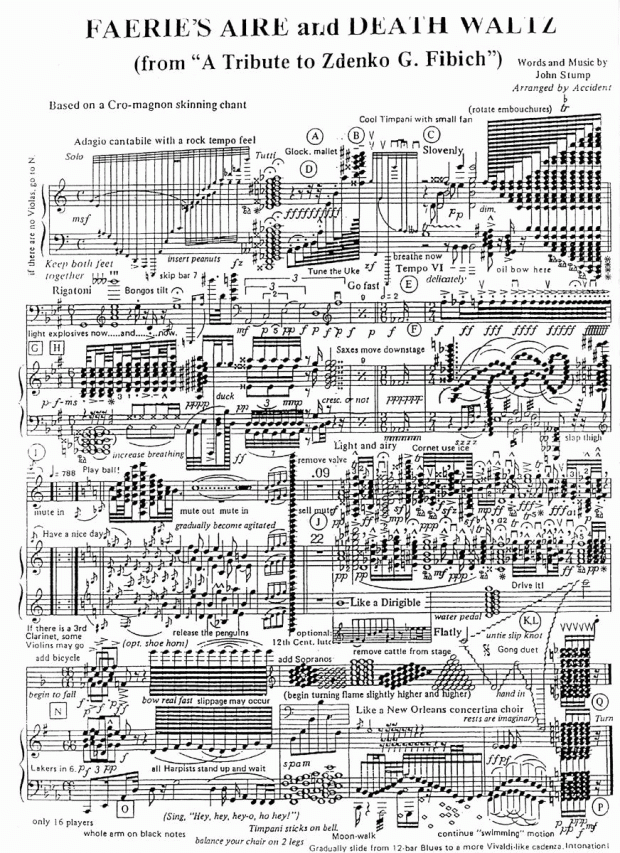…finished!
The Taruskin Challenge is officially over for me. (How about you Zach?) It’s bizarre to think about what my life was like when we started this Challenge. I was a student and hadn’t started my dissertation yet. Now I’m no longer a student, and the dissertation has been on the shelf for 10 months. I have definitely taken a considerable amount of Taruskin’s arguments into the classroom, and not just for music majors. My Understanding Music students (freshman non-majors) have heard plenty of Taruskin as well, though they didn’t know it. One of the great strengths of Taruskin’s writing is that the reader doesn’t have to guess about Taruskin’s opinion on the matter. I find that his strong argument construction makes lectures infinitely more interesting—especially when I can get my students to critique the argument and decide for themselves if they agree.
This Challenge has been a unique experience for me; I don’t think I’ll ever read a book in quite the same way again. (No, we’re not planning to launch “The Strunk Challenge” anytime soon. We’ll leave that to other enterprising grad students out there…) And the next time I read the OHWM I will do it as fast as humanly possible. I’ll get a chance to do that for the last two volumes when I teach the 20th-century graduate survey this summer. (Having my students read the last two volumes in 4 weeks, counterpoints to Taruskin, plus primary sources, articles, and other book chapters is reasonable, right?)
Now it’s time to gather up my thoughts, ruminate, and come to some conclusions about this whole endeavor. Plus there is plenty more about the last volume’s content that bears comment. I imagine Zach and I will be doing just that over the next few weeks.


